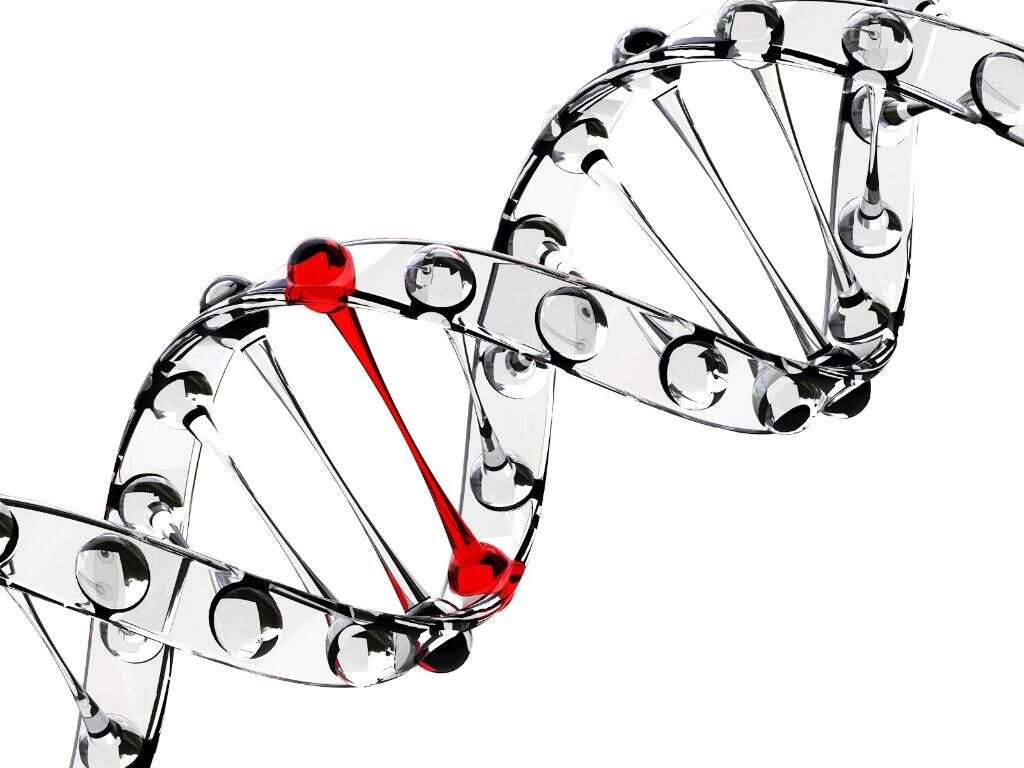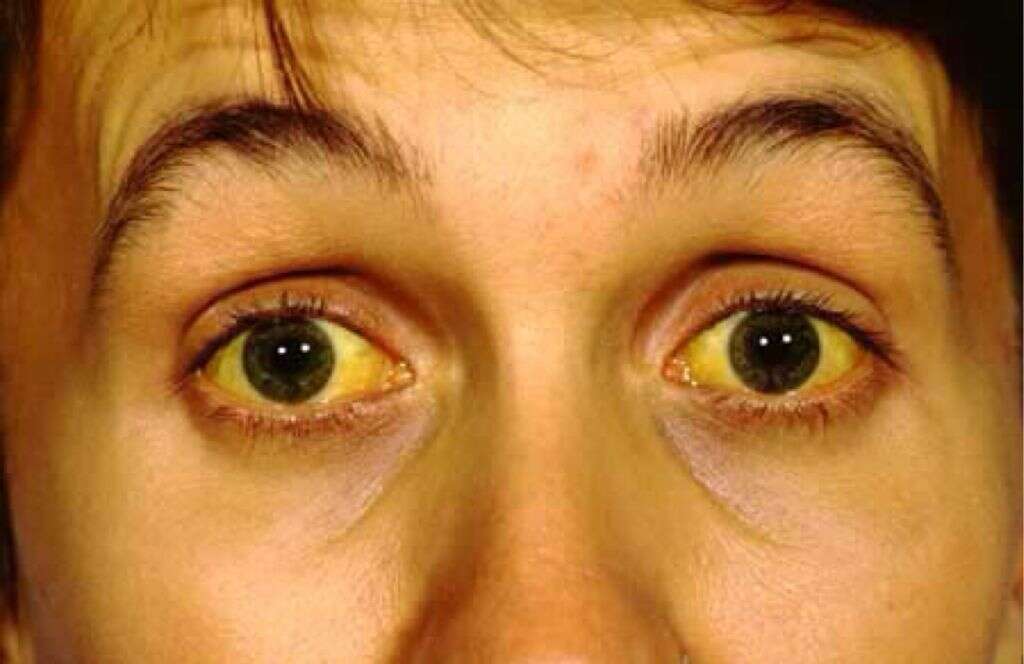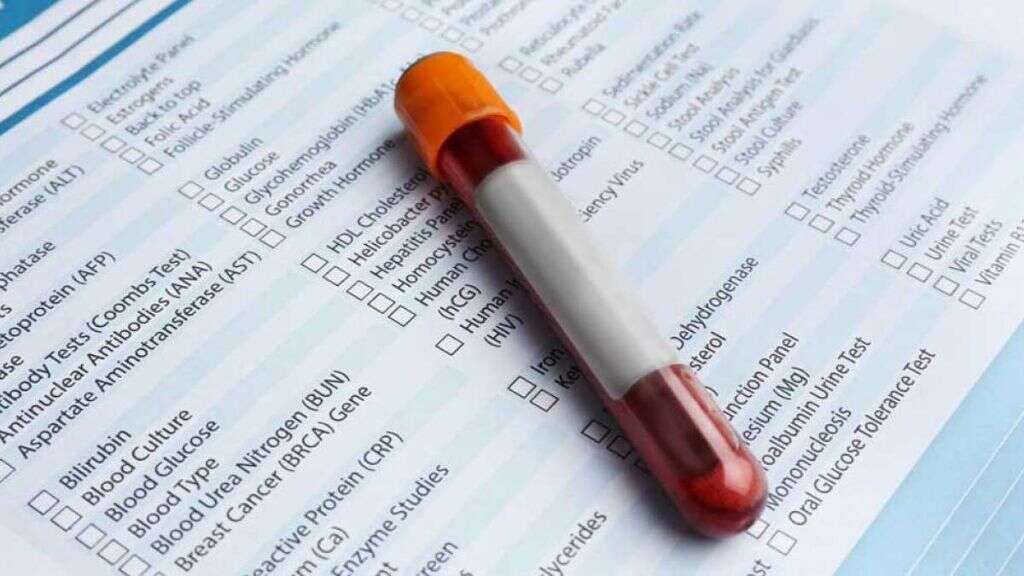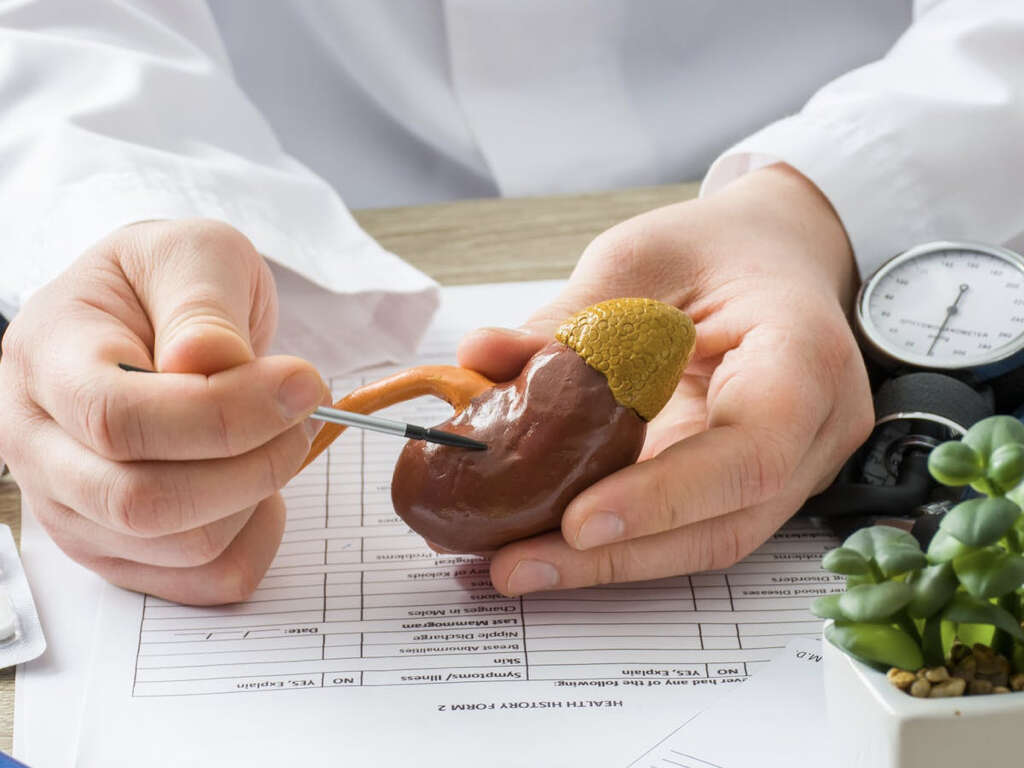What Is Gilbert's Disease?
Our livers perform a number of important roles in our bodies. Its main function is to help remove toxins and impurities from our food and drink so they don’t end up flowing through our blood. Without it, our bodies will soon become too toxic for us, and we would die. Hence, it is important to take care of our livers the best we can.
The liver is prone to developing some problems though, some of which will even be with some people from birth. One of these is Gilbert’s syndrome, an inherited condition that affects the patient’s ability to process bilirubin.

1. Bilirubin
Our red blood cells have a limited life time and, when they do die, they are broken up by our livers. This process results in some waste products being produced, one of which is bilirubin. It is non-toxic and quite harmless to us, and it is usually passed harmlessly out of the body.
Bilirubin is yellow/brown in color and is found in the bile that is used to help break down fatty foods. The presence of this substance in bile, which is secreted into the small intestine, is what gives our stools their color. Some complications with the liver can mean that the body is unable to process bilirubin as well as it usually would.

2. Gilbert’s Syndrome
One condition that can affect the liver’s ability to process bilirubin is known as Gilbert’s syndrome. The condition is also known as familial nonhemolytic jaundice, and also constitutional hepatic dysfunction. Gilbert’s syndrome is caused by a gene mutation that is inherited from parents, meaning the patient is born with the condition.
Gilbert’s syndrome is relatively common, with around 4% of the population estimated to have the condition.
Thankfully, it is harmless and any symptoms that do appear are likely to be mild at worst. In many cases, the patient is not even aware they have the condition at all and it is usually only discovered by chance.

3. Jaundice
As already mentioned, bilirubin is yellow/brown in color. In cases of Gilbert’s disease, there is more of the substance flowing through the blood than usual. Bilirubin molecules then begin to accumulate in the patient’s skin and other tissues, and this causes the patient to take on a distinctive yellow color.
The yellow color caused by bilirubin can be very noticeable, and even quite striking in some cases. However, it is not usually a dangerous condition and will cause few, if any, side effects. Jaundice is a sign that the patient might have a potentially serious underlying cause, however, so it should be checked out as soon as possible.

4. Jaundice Triggers
As mentioned, patients with Gilbert’s syndrome will often show no symptoms. When symptoms do show, it will typically mean jaundice, as has already been described. There are certain triggers that are likely to cause an onset of jaundice in people who have Gilbert’s syndrome.
Some of the triggers of jaundice include heavy exercise, and a lack of sleep. Having an ailment like the flu or the common cold can also be a trigger. Menstruation will trigger jaundice in some women who have the condition, and dehydration can also cause the condition. Stress is another trigger for some people.

5. Complications
Gilbert’s syndrome means that there are lower than usual levels of the enzyme that helps the body to process bilirubin. This enzyme also helps the body to process some medications so, without it, the patient might experience some side-effects from certain medication. People with Gilbert’s syndrome are also more likely to develop gallstones.
Medications that people with Gilbert’s syndrome need to be mindful about include some that are used to help treat HIV. Some chemotherapy drugs used to treat cancer can also cause unwelcome side-effects. You should always let a doctor know of any medications that might cause a reaction when medication is being prescribed for you.

6. Causes
As mentioned, Gilbert’s disease is a genetic condition and is passed down from parents, so everybody that has the condition was born with it. The associated gene is responsible for helping to regulate an enzyme that helps with the process of breaking down bilirubin. Many people carry the defective gene, even if they are not aware of it.
Most people that have the defective gene will only have one copy of it. However, two copies of the gene are needed to cause Gilbert’s syndrome. This means that both parents will need to have the faulty gene if their children are to develop Gilbert’s syndrome.

7. Who’s At Risk
As a genetic condition, Gilbert’s disease is not something that can be contracted. People that are not born with it will never go on the develop the condition later in life. As mentioned, those people that will have Gilbert’s syndrome are those that have two parents with the faulty gene.
Gilbert’s disease is also more likely to be found in males, but it can be found in both sexes. When the symptoms of the condition do appear, they are not likely to appear until the patient reaches puberty. This is because bilirubin production increases at this time, meaning jaundice is more likely to appear.

8. Diagnosis
The condition is often detected by chance when doctors are looking for something else. If it is suspected then tests will be requested to help reach a confirmed diagnosis. Jaundice can be the result of some serious underlying causes, so it is necessary to find out just what the cause is.
Tests will involve blood tests to measure levels of bilirubin, and a complete blood count is also likely to be requested. Tests will also need to be performed on how the patient’s liver is functioning in order to be sure the liver is OK. If the liver is deemed to be healthy then no further tests are necessary in most cases, although a genetic test can confirm the diagnosis if needed.

9. Medical Treatment
It is not necessary to treat Gilbert’s disease. The condition will do no harm to the patient in the short term or in the long term. Even when the patient does develop jaundice, they are in no danger of harm. The symptom will pass in time with no lasting damage being done.
Bear in mind that although Gilbert’s disease and jaundice are not dangerous, jaundice can be caused by serious problems. Just because you have Gilbert’s disease, it does not necessarily mean the condition is always the cause of jaundice. If you have other symptoms that make you suspect something else is wrong, make sure to speak with a doctor.

10. Lifestyle Treatment
Although jaundice is not dangerous, it is still understandable that patients would want to avoid triggering the condition. This can be achieved by making certain lifestyle decisions. One way is to take good care of yourself overall, and eat a healthy, balanced diet. You should also try to avoid skipping meals where possible.
People with Gilbert’s disease should also try and avoid stress, which might otherwise trigger jaundice. This is advisable to all people, and not only those with Gilbert’s disease. There is no reason why people with Gilbert’s disease cannot live long and fruitful lives just like people that don’t have the condition.









